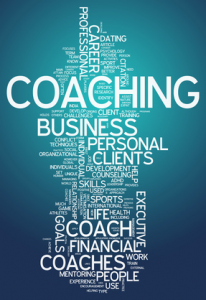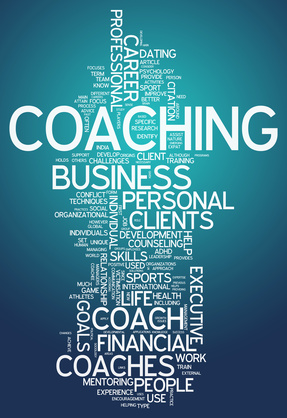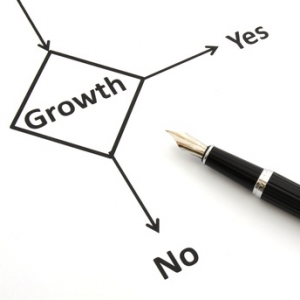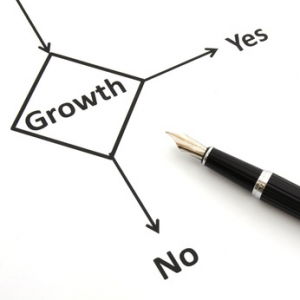 Did you know that 58 percent of businesses in the United States have already reported increased revenues due to strategic business coaching? The Sales Executive Council has done definitive research on the ROI of coaching and decision makers are listening and implementing coaching programs. This research has caught the attention of business owners.
Did you know that 58 percent of businesses in the United States have already reported increased revenues due to strategic business coaching? The Sales Executive Council has done definitive research on the ROI of coaching and decision makers are listening and implementing coaching programs. This research has caught the attention of business owners.
The use of strategic business coaches is on the rise due to the fact that business coaching provides measurable results for small and large businesses alike. Numerous studies have already boasted about the increasing evidence showing strategic business coaching to be one of the best ways to develop and grow a business.
One study in Fortune Magazine discussed the results of a study conducted on over one hundred Fortune 1000 companies, which concluded that:
- 53% of businesses had an increase in productivity
- 39% of businesses had an increase in customer service satisfaction
- 32% of businesses had a better customer retention rate
- 23% of businesses found a significant reduction in overhead costs
- 22% of businesses increased their bottom line profits
Overall, businesses who use a strategic business coach report they experience an improvement in performance and productivity, greater clarity and focus, and a significant, measureable bump in their growth.
Although some business owners avoid engaging a strategic business coach because they feel spending on a business coach will not increase their bottom line, in reality business coaching provides dramatically positive results.
Benefits of Strategic Business Coaching
Regardless of the industry or size of the business, there is a list of standard benefits that come from engaging a business coach. These benefits include:
- Taking more, better, and smarter actions because you set the goals you really want
- Having a balanced life the works well because you’ve designed it
- Making and keeping more money because you’re worth it
- Making better decisions for yourself and your business because your focus is clear
- Having greater energy to reach for more and not be consumed in the process
When companies, big or small, work with a strategic business coach they are able to dig deep into their business and their own entrepreneurial skills to determine how to best move their business toward achieving its potential. By doing so, the entrepreneur creates a plan for overcoming challenges, creating opportunities, and pulls the business from average to exceptional.
The only question now is what are the benefits of not using a strategic business coach?
The answer: none.
Related Blog Posts:
Alice in Wonderland Uses Strategic Coaching to Slay Jabberwocky




 .
.



 When it comes to engaging a business coach, there are a multitude of choices available. What really matters, however, is whether or not the business coach you engage actually makes an impact on your business. You’ve made a substantial investment in your business therefore, you’ll want to perform some due diligence in researching business coach candidates and ensuring that the one you select is a valuable asset to your business. In order to do this, you need to know what makes an effective business coach to begin with to give yourself a starting point for measuring potential candidates.
When it comes to engaging a business coach, there are a multitude of choices available. What really matters, however, is whether or not the business coach you engage actually makes an impact on your business. You’ve made a substantial investment in your business therefore, you’ll want to perform some due diligence in researching business coach candidates and ensuring that the one you select is a valuable asset to your business. In order to do this, you need to know what makes an effective business coach to begin with to give yourself a starting point for measuring potential candidates.
 Imagine my intrigue when I read an article of a business that intentionally avoided growth as a company objective. That comes as a surprise to most entrepreneurs. It’s hard to fathom, isn’t it? Could a business actually exist without a primary objective of growth? In spite of conventional wisdom, some businesses who are adopting the ungrowth growth strategy are experiencing stunning business growth that is the envy of any of their competitors!
Imagine my intrigue when I read an article of a business that intentionally avoided growth as a company objective. That comes as a surprise to most entrepreneurs. It’s hard to fathom, isn’t it? Could a business actually exist without a primary objective of growth? In spite of conventional wisdom, some businesses who are adopting the ungrowth growth strategy are experiencing stunning business growth that is the envy of any of their competitors!
 The numbers are in on the “nonemployer business” (i.e. solo entrepreneur) – and they’re not pretty. An article released by
The numbers are in on the “nonemployer business” (i.e. solo entrepreneur) – and they’re not pretty. An article released by 
